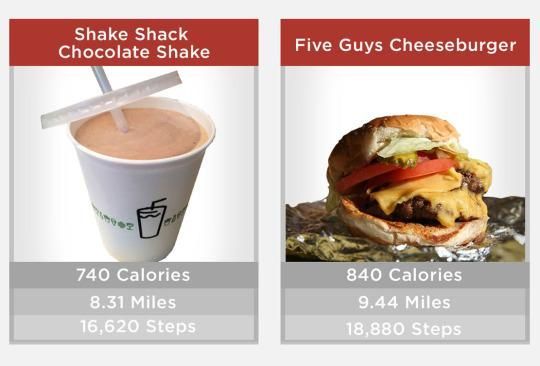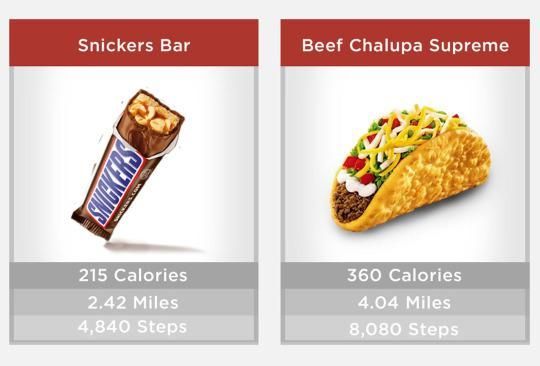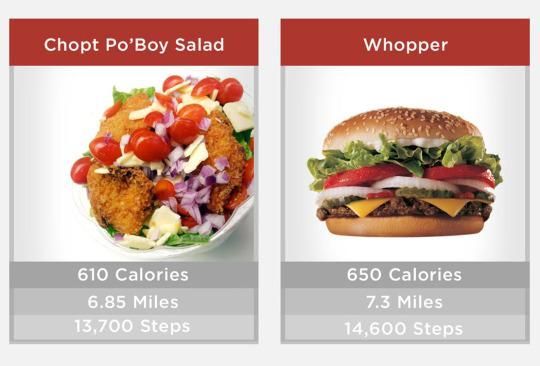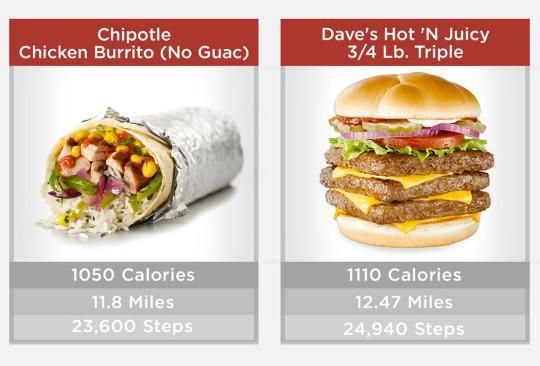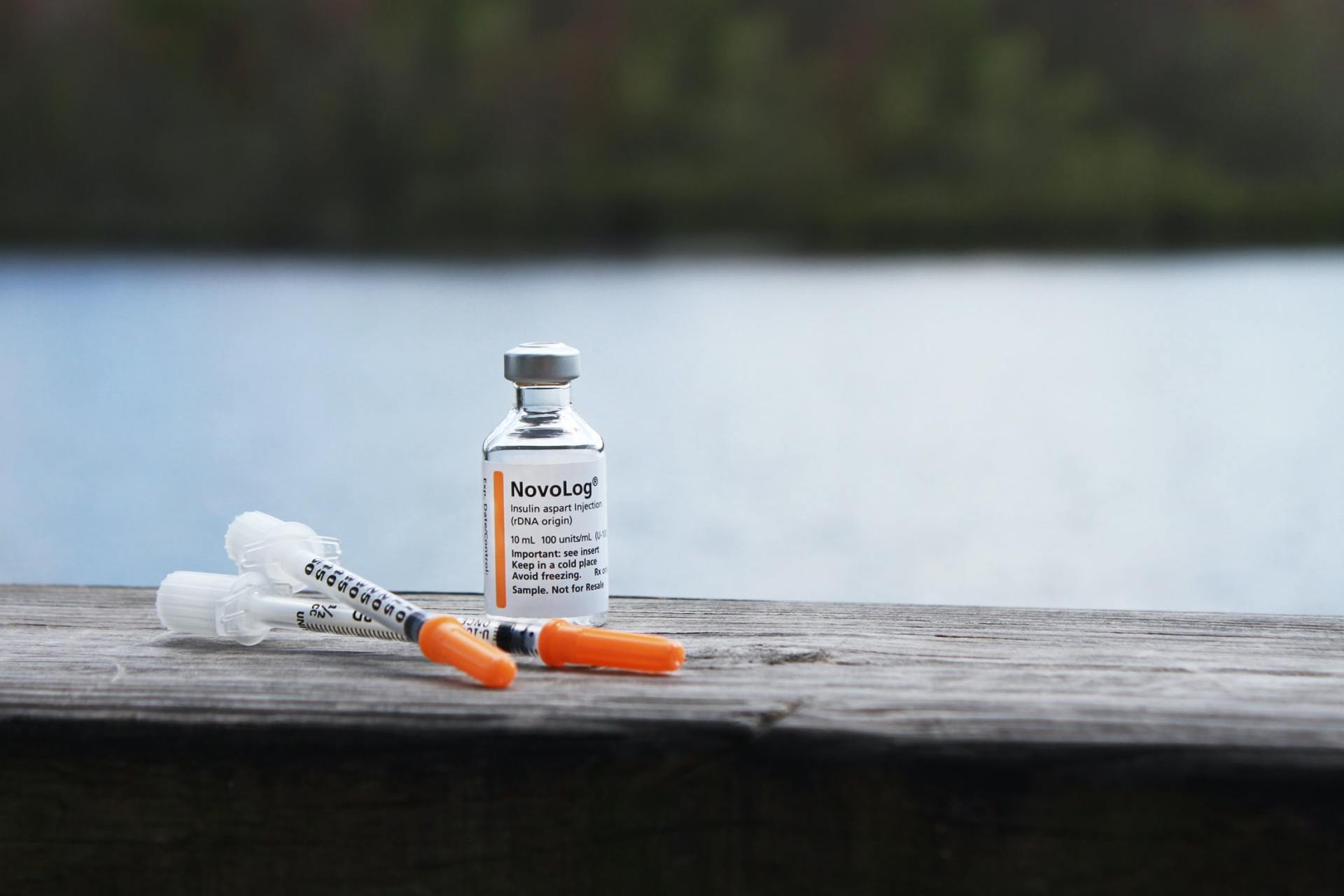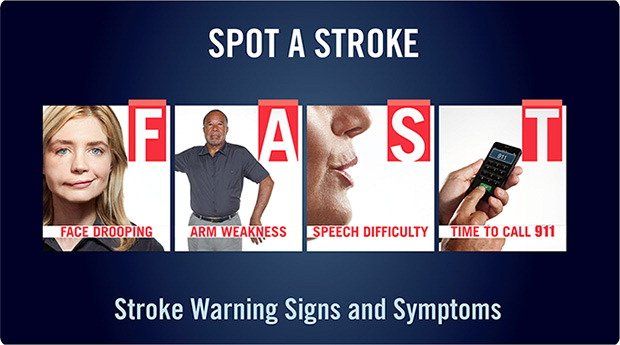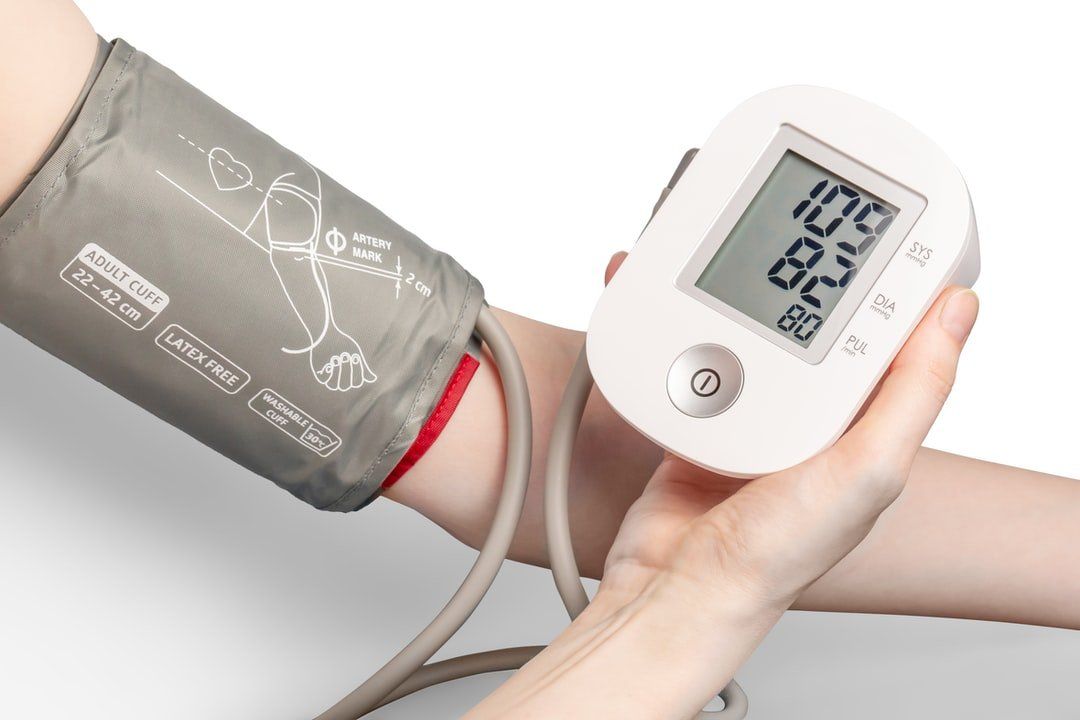Educating on Disease Prevention to
Prevent the Need for Transplantation
Minority communities represent 25% of the population, yet comprise more than 60% of those on transplant waiting lists because of higher rates of diabetes, hypertension and kidney disease. For a transplant, compatible blood type is critical. Some blood types are more common in minority communities. These are all reasons we need more minority donors.
Special thanks to the Washington Regional Transplant Community for sponsoring this PSA.
Here's How You Can Prevent Transplants
You Have the Power!
Checkup
Make sure you have an annual health checkup.
Monitor
Check your blood pressure— often. See your doctor if it isn’t below 140/90.
Exercise
Be physically active for at least 30 minutes a day to cut the risk of obesity, hypertension & diabetes. These diseases increase the risk of needing an organ transplant. Go for a walk, now!
Maintain
Work to maintain a healthy weight and ask your doctor if you need help losing weight.
Eat Right
More green vegetables & less red meat make for an organ healthy diet.
Add
Eat more whole grains, breads and cereals, which are an excellent source of fiber.
Drink More
More water that is. Cut out the sugary drinks and alcohol.
Avoid
Stay away from illegal drugs, which can severely damage the liver and kidney.
Reduce
Cut down or eliminate foods high in salt, cholesterol and saturated fats.
Be a Quitter
Quit smoking ASAP. Check out www.smokefree.gov for tips and text message support
Diabetes
Diabetes is the condition in which the body does not properly process food for use as energy. Most of the food we eat is turned into glucose, or sugar, for our bodies to use for energy. The pancreas, an organ that lies near the stomach, makes a hormone called insulin to help glucose get into the cells of our bodies. When you have diabetes, your body either doesn't make enough insulin or can't use its own insulin as well as it should. This causes sugars to build up in your blood. This is why many people refer to diabetes as “sugar.”
Diabetes can cause serious health complications including heart disease, blindness, kidney failure, and lower-extremity amputations. Diabetes is the seventh leading cause of death in the United States.
Source: Centers for Disease Control
Strokes
A stroke occurs if the flow of oxygen-rich blood to a portion of the brain is blocked. Without oxygen, brain cells start to die after a few minutes. Sudden bleeding in the brain also can cause a stroke if it damages brain cells.
If brain cells die or are damaged because of a stroke, symptoms occur in the parts of the body that these brain cells control. Examples of stroke symptoms include sudden weakness; paralysis or numbness of the face, arms, or legs (paralysis is an inability to move); trouble speaking or understanding speech; and trouble seeing.
A stroke is a serious medical condition that requires emergency care. A stroke can cause lasting brain damage, long-term disability, or even death.
If you think you or someone else is having a stroke, call 9–1–1 right away. Do not drive to the hospital or let someone else drive you. Call an ambulance so that medical personnel can begin life-saving treatment on the way to the emergency room. During a stroke, every minute counts.
Source: National Heart Lung and Blood Institute
High Blood Pressure
What is High Blood Pressure?
Blood pressure is the force of blood pushing against the walls of the arteries as the heart pumps blood. High blood pressure, sometimes called hypertension, happens when this force is too high. Health care workers check blood pressure readings the same way for children, teens, and adults. They use a gauge, stethoscope or electronic sensor, and a blood pressure cuff. With this equipment, they measure:
- Systolic Pressure: blood pressure when the heart beats while pumping blood
- Diastolic Pressure: blood pressure when the heart is at rest between beats
Abnormal Blood Pressure
Abnormal increases in blood pressure are defined as having blood pressures higher than 120/80 mmHg. The following table outlines and defines high blood pressure severity levels.
Stages of High Blood Pressure in Adults
Systolic (top number)
Diastolic (bottom number)
Prehypertension 120–139 OR 80–89
High blood pressure Stage 1 140–159 OR 90–99
High blood pressure Stage 2 160 or higher OR 100 or higher
The ranges in the table are blood pressure guides for adults who do not have any short-term serious illnesses. People with diabetes or chronic kidney disease should keep their blood pressure below 130/80 mmHg.
Source: National Heart Lung and Blood Institute

